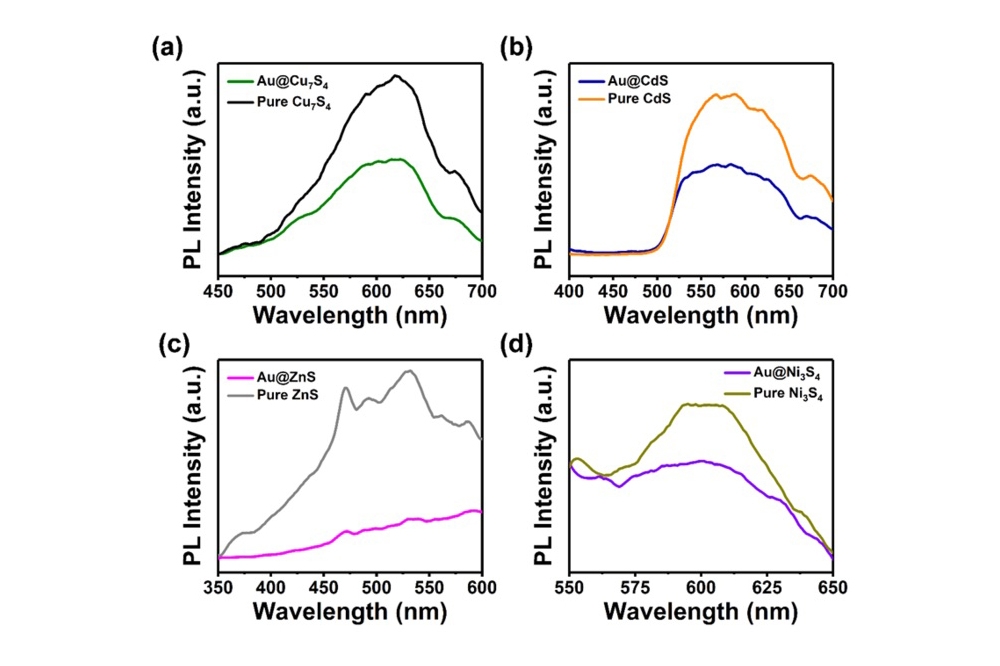Novel structures show promise for photocatalysts

Scientists demonstrate latest yolk-shell nanocrystals
Yolk-shell nanocrystals are materials with novel structural properties, such as a permeable shell, interior void space, and movable yolk. They are suitable for a variety of applications, depending on the choice of materials used for their fabrication.
Now, in a collaborative study published in ACS Applied Nano Materials, an international research team led by Tso-Fu Mark Chang and Chun-Yi Chen at Tokyo Institute of Technology (Tokyo Tech) and Yung-Jung Hsu at the National Yang Ming Chiao Tung University in Taiwan have developed several yolk-shell structures containing a metallic gold yolk with various compound semiconductor shells.
“Yolk-shell nanocrystals comprising of a metal yolk and semiconductor shells are particularly interesting because they can be geared to mass transport-related utilisations, for example, photocatalysis,” says Chen.
To make the nanocrystals, the researchers employed a sequential ion-exchange process. The procedure involves delicate sulphidation on an Au@Cu2O core-shell nanocrystal template (where Au contributes to the core, and Cu2O to the shell formation), followed by a kinetically controlled cation exchange reaction that enables conversion of the shell composition (i.e., Cu2O) into various metal sulphides, which are semiconductors. Four representative yolk-shell nanocrystal samples, including Au@Cu7S4, Au@CdS, Au@ZnS, and Au@Ni3S4, were synthesised for investigation in this way.
The performance of these yolk-shell structures as photocatalysts was evaluated using x-ray photoelectron spectroscopy (XPS) and steady-state photoluminescence (PL) spectroscopy.
Using XPS, the researchers found the metal cores and semiconducting shells of the nanocrystals to have electronic interactions favourable for photocatalysis applications. Time-resolved PL spectroscopy revealed the nanostructures to have high PL intensity, indicating high photocatalytic activity, implying that they were highly capable of absorbing light and generating electron-hole charge carriers (as shown above).
“In a real-world scenario, the reactions facilitated by separated photoexcited electrons and holes play a role in environmental purification, by producing reactive oxygen species,” explains Chen, describing one scenario in which their novel yolk-shell photocatalysts could be used. These photoexcited electrons and holes can facilitate a multitude of reactions, making yolk-shell nanocrystals applicable in many fields such as environmental purification, hydrogen production, and carbon dioxide reduction.
Reference
'Electronic Interactions and Charge-Transfer Dynamics for a Series of Yolk–Shell Nanocrystals: Implications for Photocatalysis' by Jhen-Yang Wu et al; ACS Applied Nano Materials (2022)


































